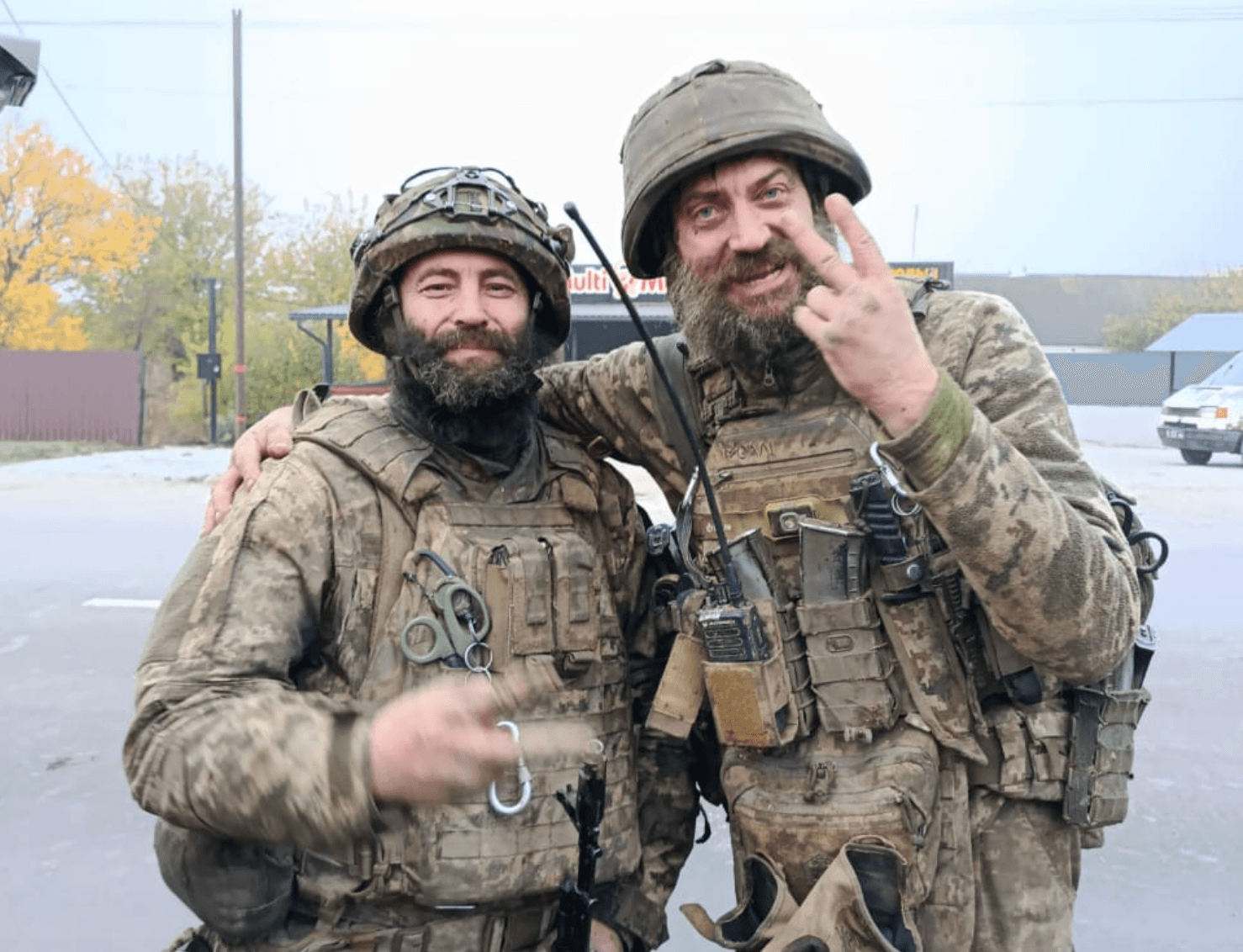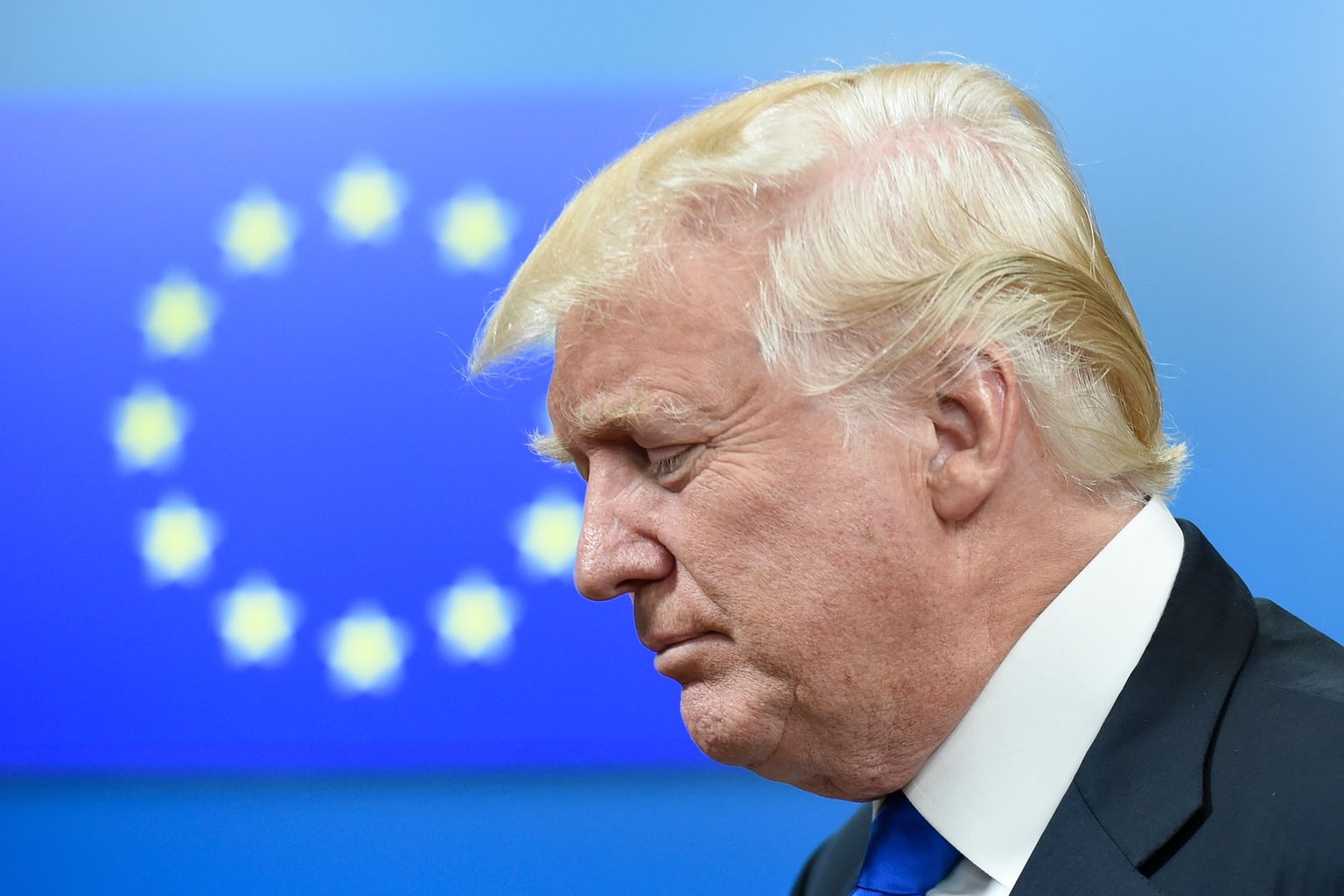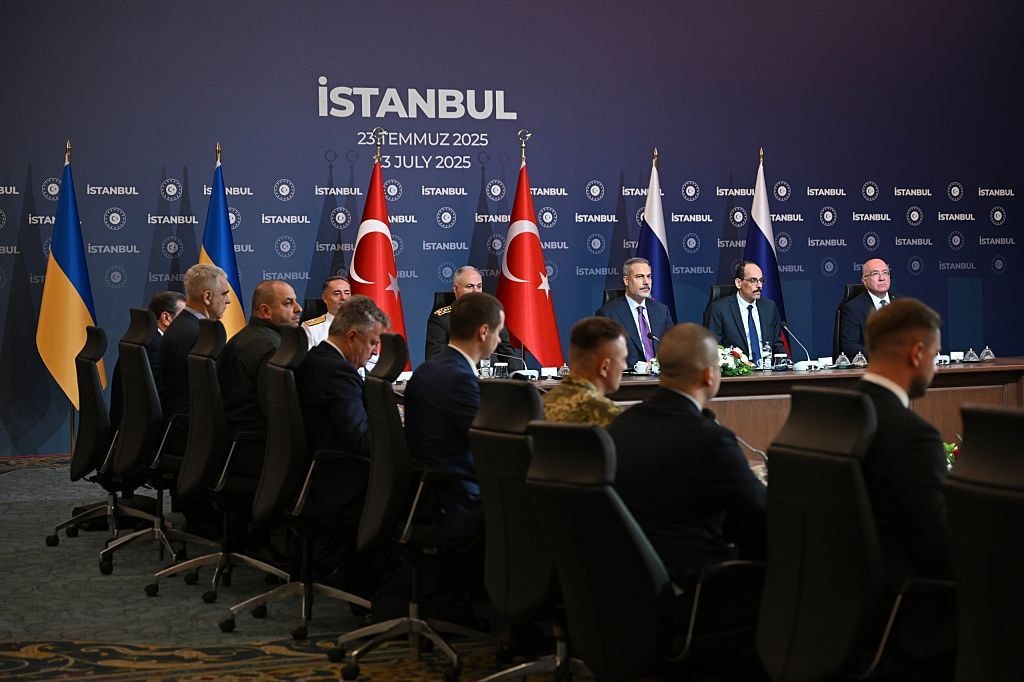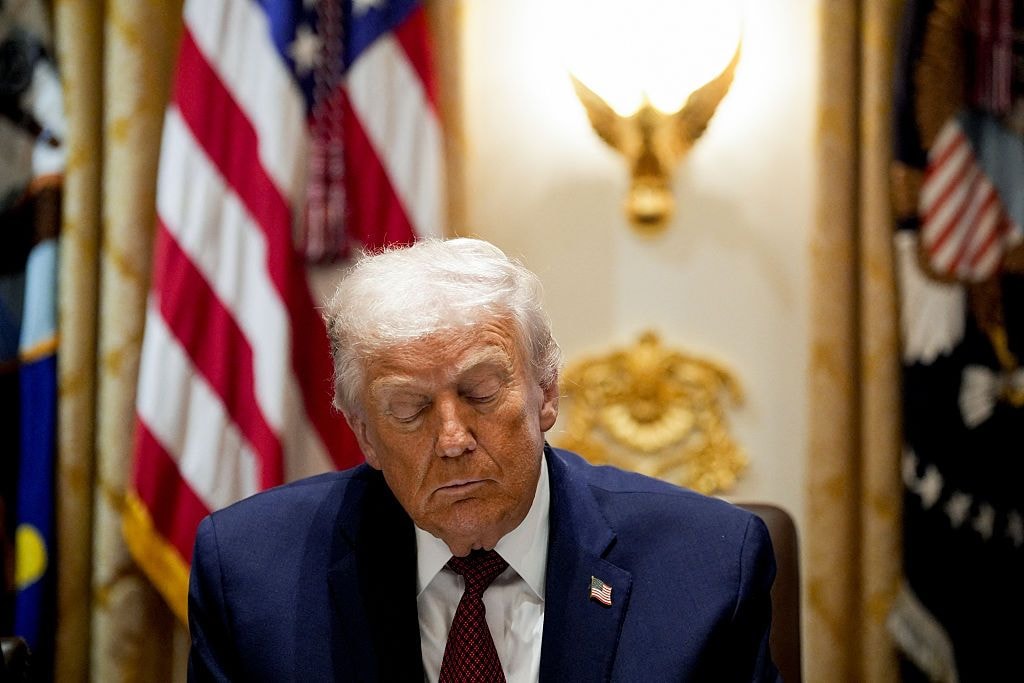
Ukraine’s army is reforming its structure. Will it help the fight against Russia?
Ukrainian soldiers of the 1st Separate Assault Battalion Da Vinci take part in a training exercise in Dnipropetrovsk Oblast, Ukraine, on Dec. 12, 2024. (Roman Pilipey/AFP via Getty Images)
As Ukraine nears the fourth year of full-scale war with Russia, it is launching a major army reform aimed at improving its efficiency and organization on the battlefield.
"We need the corps system," President Volodymyr Zelensky said on Feb. 3, adding: "Today we discussed approaches to the appointment of corps commanders: these should be the best-trained, most promising officers with combat experience and modern thinking."
"The army must be modern."
The Ukrainian army currently operates largely under a brigade-level system. According to Zelensky, there are more than 100 brigades, each of which is subordinated to operational-tactical groups (OTU), which are subject to operational-strategic command (OSUV), and operational commands (OK).
According to experts speaking to the Kyiv Independent, this has created an unwieldy management system that leads to poor coordination, as each OTU or OSUV may have dozens of brigades under its command.
John Hardie, deputy director of the Russia Program at the Foundation for Defense of Democracies, told the Kyiv Independent that OTUs and OSUVs are temporary bodies, so their commanders do not know their brigades as well as a permanent corps commander would.
A related problem is that battalions from one brigade are often scattered across different parts of the front and attached to other brigades, undermining unit cohesion, he added.
Hardie also said micromanagement is another drawback of this system, as there have been cases of interfering commanders without knowledge of a complete or up-to-date picture of the situation on the ground.
Drawing on the experience of NATO partners, Ukraine plans to implement a corps system instead of a brigade one, seeking to improve cohesion.
What is the difference between brigade and corps systems?
A corps is an army formation consists of several brigades rather than dozens, and includes various branches of the forces and support units.
The upcoming reform will add the corps level to the army structure, which will be organizationally above the brigades. The Ukrainian military command plans to create 20 corps, Ukrainian media outlet Censor.net reported, citing undisclosed sources.
"It will allow for more efficient employment of land combat forces and a more efficient link between the tactical and General Staff."
Mick Ryan, a retired Australian Army Major-General said a corps usually has only three to seven brigades at its disposal, which allows commanders to better focus on their troops, and distributes the management load more efficiently.
"(The transition to the corps) will allow them just to get their arms around the brigades, have some brigades planning for operations, some brigades conducting operations, some brigades resting from operations," Ryan said.


"It will allow for more efficient employment of land combat forces and a more efficient link between the tactical and General Staff," he added.
Ryan said the transition to the corps system is also part of the Ukrainian army's adaptation to NATO standards and separation from its Soviet heritage.
Yet, the newly created corps could be different from those deployed by the U.K. and the U.S. during the Cold War, as there have been "profound changes" in technology since 1990s, he said.
"The West should look on with some interest because the reality is, besides the Americans, most Western military organizations are brigade-centric organizations," Ryan said.
Does Ukraine already field any corps?
There are currently five corps in the Ukrainian Armed Forces — the 9th, 10th, and 11th corps of the Ground Forces, the Rapid Reaction Corps in the Air Assault Forces, and the Marine Corps in the Navy.
"Ukraine currently has some army corps, but they're basically corps in name only. Their units are often scattered to different parts of the front line, and the corps lack many corps-echelon support units," Hardie said.
"Even in instances where multiple units from a corps have operated alongside one another, such as during the 2023 counteroffensive, the corps commanders didn't exercise command and control, and at any rate, the units lacked sufficient cohesion to function together as corps," Hardie added.
Viktor Kevliuk, a retired Ukrainian military officer and defense expert, told the Kyiv Independent that the past performance of existing corps should be a cause for concern.

"In 2023, the 9th and 10th corps failed in the offensive in Zaporizhzhia Oblast. In 2024, the 7th corps surrendered Vuhledar and then Kurakhove," he said.
"In 2025, we still believe that the corps (system) is a panacea for all diseases."
Will the corps reform work?
According to Kevliuk, the change to a corps system won't address other fundamental issues with Ukraine's army, not least its critical manpower shortage, and struggles to replenish infantry gaps left by heavy losses in battle-hardened brigades.
He added that corps commands are likely to be formed by those who "failed to manage the OTUs."
"It is difficult to change the command system. The main problem is to get commanders to change their management style," Kevliuk said, adding: "Other problems are to make the headquarters interact horizontally and to provide the technical equipment to command."
"At best, the transition will have no impact. But we should expect a deterioration in the command (of the units)," he concluded.











